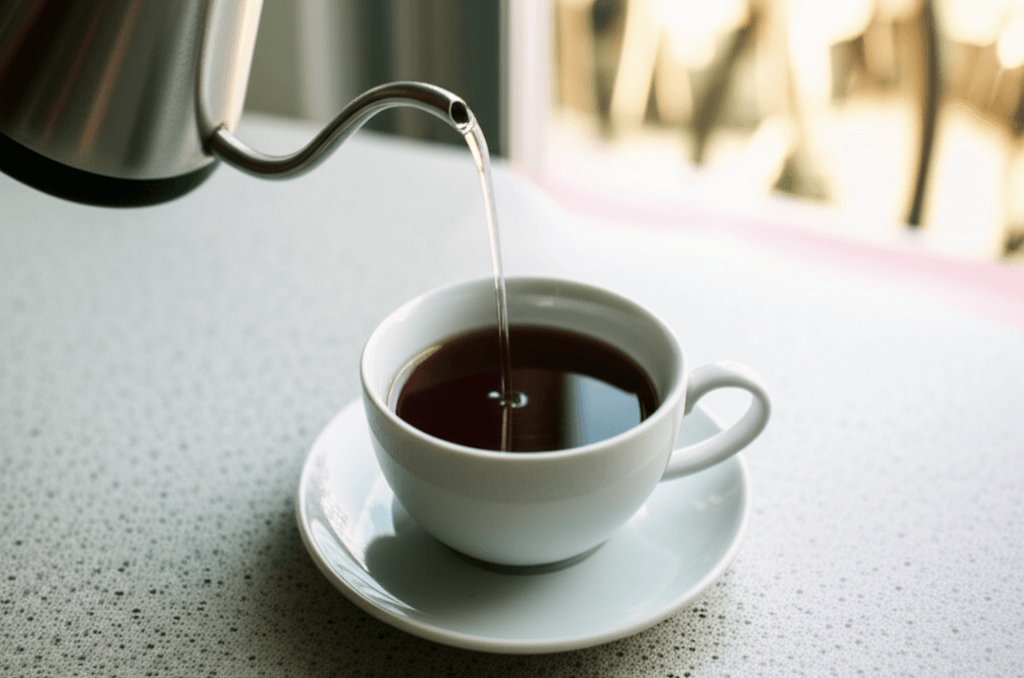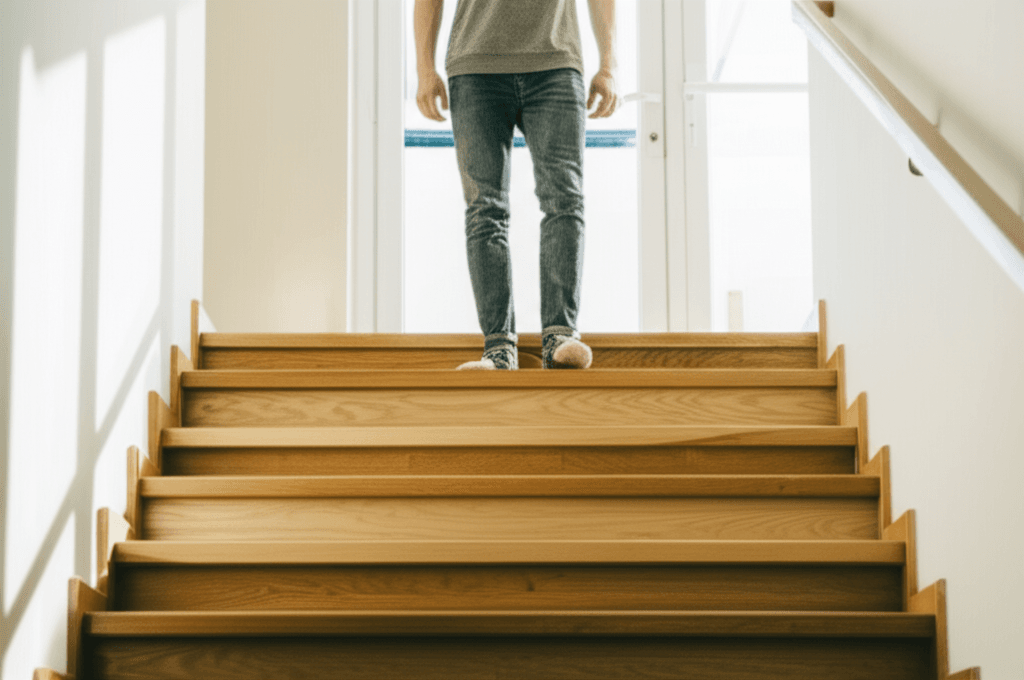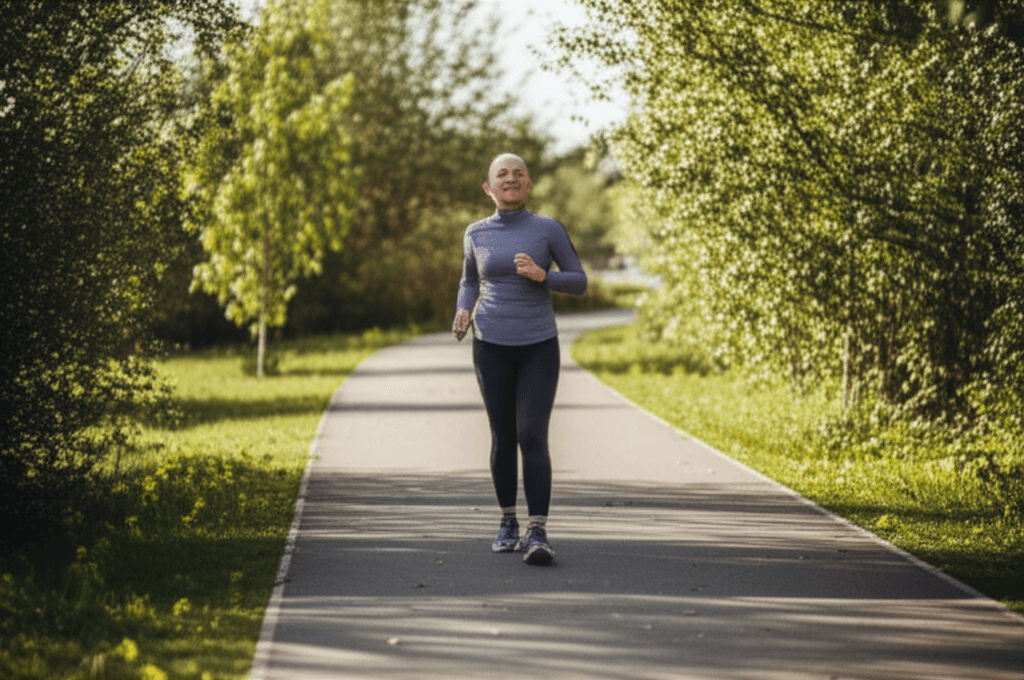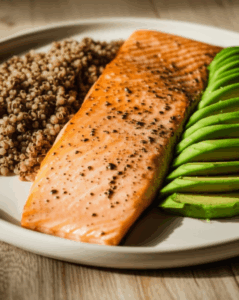For many, the idea of beginning a fitness routine conjures images of grueling gym sessions, intense cardio, or rigid diets. This intimidating perception often leads to procrastination or abandonment before real progress can begin. However, a gentler, more accessible approach, often called “effortless exercise” or “zone zero exercise,” offers a sustainable path to better health by setting the bar low and making movement an enjoyable, integrated part of daily life.

What is Effortless Exercise?
Effortless exercise redefines what it means to be active. Instead of focusing on breathless effort or pushing limits, it emphasizes consistent, very light activity that keeps your heart rate low—even below what many fitness trackers consider “Zone 1” (50-60% of maximum heart rate). This approach focuses on making movement so easy and natural that it doesn’t feel like a chore, but rather a seamless part of your day.
The core principle is to avoid the “no pain, no gain” mentality and instead prioritize gentle, low-impact activities that can be sustained comfortably. This makes it an ideal starting point for anyone feeling overwhelmed by traditional fitness advice, those returning to movement after injury, or individuals managing health conditions.

The Undeniable Benefits of Starting Small
Beginning with effortless exercise offers a multitude of physical and mental health benefits, especially when easing into a routine.
Reduced Risk of Injury and Burnout
Jumping into high-intensity workouts can strain muscles and joints, leading to injury and quickly causing burnout. Effortless exercise, or Low-Intensity Interval Training (LIIT), allows your body to adapt gradually to physical stress, reducing the risk of strains or sprains. It also helps prevent the overwhelming feeling and discouragement that can come from intense exercise, making it easier to maintain consistency.
Improved Cardiovascular Health and Blood Sugar Regulation
Even very light activity can significantly improve several health markers. Low-intensity cardio, such as walking, can strengthen the heart, improve efficiency, and reduce the risk of cardiovascular disease. Research suggests that moderate-intensity walking can offer comparable heart-health benefits to running, including reductions in the risk for high blood pressure and high cholesterol. Effortless exercise also helps regulate blood sugar. A National Institutes of Health study found that combining diet changes with 150 minutes of moderate-intensity exercise, primarily walking, reduced the risk of type 2 diabetes by 58 percent.
Enhanced Mental Well-being
Daily movement, even at a low intensity, can significantly reduce stress and anxiety levels, promoting mental clarity and relaxation. Exercise releases endorphins, natural mood boosters that alleviate stress and anxiety, leading to an uplift in overall well-being.
Better Sleep Quality and Energy Levels
Regular, gentle exercise can improve sleep patterns, helping you fall asleep faster and achieve more restorative rest. It also acts as a powerful energy booster, combating fatigue and increasing overall vitality throughout the day.
Sustainable Weight Management
Any physical activity burns calories and can aid in weight management when combined with a balanced diet. While high-intensity workouts may burn more calories in a shorter time, longer low-intensity routines can still be effective for calorie expenditure and building endurance.

Practical “Effortless Exercise” Ideas
Integrating effortless exercise into your daily routine doesn’t require a gym membership or special equipment. Many activities can be done at home or easily incorporated into your existing schedule. The key is to think in terms of functional fitness—movements that prepare your body for everyday life.
Daily Movement Integration
- Walking: Take a brisk walk around your neighborhood, walk your dog, or take a walk with a friend. Aim for 10-15 minutes to start, or even break it into shorter chunks throughout the day. Park further away from your destination or take the stairs instead of the elevator.
- Stretching and Yoga: Introduce a daily stretching routine. While it may not burn a significant amount of calories, it improves mobility, which can make other workouts more effective. Gentle yoga or simple stretches can be done while the kettle boils or between meetings.
- Active Chores and Hobbies: Gardening, cleaning, or even playing with children can be excellent forms of effortless exercise.
- “Stacking” Habits: Combine movement with existing habits, such as doing calf raises or squats while on a call, or seated yoga during breaks.
Simple At-Home Exercises
Bodyweight exercises are excellent for building foundational strength and can be scaled for all fitness levels. Aim for 2 sets of 10-15 repetitions, with 30 seconds to 1 minute of rest between each move.
- Squats: Stand with feet shoulder-width apart, bend your knees, and lower your hips as if sitting into a chair. You can use a chair to help master proper form.
- Lunges: Step forward with one foot, lowering your body until both knees are bent at a 90-degree angle. Push back up and repeat on the other side.
- Planks: Start in a push-up position (on knees or toes) and hold a straight line from head to heels, engaging your core and glutes.
- Push-ups: Begin in a plank position and lower your body towards the floor. Beginners can start with wall push-ups, elevated push-ups (hands on a bench or counter), or knee push-ups.
- Calf Raises: Hold onto a chair for stability and lift both heels off the floor.
- Sit-to-Stands: Sit on the edge of a sturdy chair, lean slightly forward, and stand up slowly using your legs, then slowly sit back down.

Tips for Sustainable “Effortless Exercise”
- Make it Enjoyable: Choose activities you genuinely like, whether it’s dancing, gardening, or walking in nature.
- Schedule It: Plan out your movement for the week. Even short, consistent slots on your calendar can help build accountability.
- Prepare in Advance: Lay out exercise clothes the night before or prepare a playlist to mentally prepare for movement.
- Be Accountable: Partner with a friend, join a class, or use a fitness app to track your progress and stay motivated.
- Listen to Your Body: Pay attention to posture and avoid straining. If something hurts, modify the movement or try a different activity.
- Redefine “Workout”: Recognize that all movement counts. Taking the stairs, walking during phone calls, or active breaks throughout the day contribute to your overall fitness.

Gradually Progressing Your Routine
Once effortless exercise becomes a consistent habit, you can gradually increase the intensity and duration to continue seeing improvements. This is known as the principle of progression.
Methods for Progression:
- Increase Repetitions or Sets: As exercises become easier, perform more repetitions or add an extra set.
- Increase Duration: Extend the length of your walks or other low-intensity activities.
- Increase Resistance or Weight: For strength exercises, gradually add light weights (like filled water bottles) or use resistance bands.
- Modify Exercise Position: Progress from easier variations to more challenging ones (e.g., knee push-ups to full push-ups).
- Change Tempo: Slow down movements, particularly the eccentric (muscle lengthening) phase, to increase time under tension.
- Increase Range of Motion: Aim to perform movements with a greater range of motion, such as squatting deeper.
- Mix it Up: Vary your exercises to challenge different muscle groups and prevent plateaus.
Remember, progression should always be gradual to prevent injury and burnout. Tracking your progress, whether through a journal or an app, can provide valuable insight and motivation as you advance your fitness journey.
Embracing the concept of “effortless exercise” provides a welcoming entry point into fitness, proving that significant health benefits can be achieved without demanding extreme effort from the outset. By starting small, staying consistent, and gradually building over time, you can establish a sustainable and enjoyable fitness routine that positively impacts both your physical and mental well-being.







